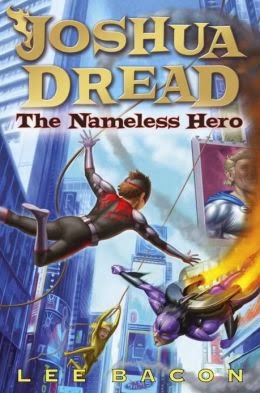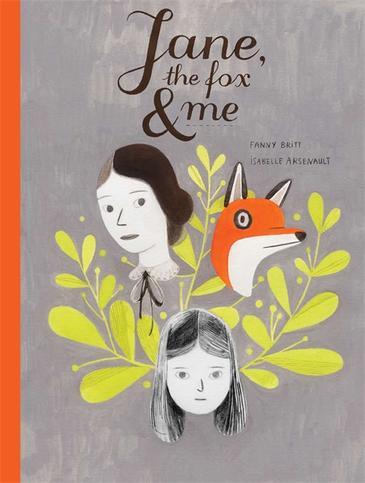Melanie La’Brooy, The Lost History (The Talismans of Fate #2), University of Queensland Press, September 2024, 416 pp., RRP $17.99 (pbk), ISBN 9780702266393
This is the second book in the Talismans of Fate fantasy series and a sequel to The Wintrish Girl. In that book we met Penn, the servant girl who has no talisman. This story follows the classic monomyth structure as laid out by Joseph Campbell. The hero, in this case Penn, sets out from home, has a range of adventures and challenges that are transformative for her, and she returns home somewhat changed.
In this feminist construction of the hero’s quest, Penn, and her friends, embark on a quest to find a lost history, a book that should shed light on what really happened to the Wintrish people who had a curse placed on them. They encounter forces that oppose their search, people who don’t want what really happened to come to light. On the way, they find it hard to know just who to trust, the most enigmatic and deceptive being the Inquisitor, the female villain, a woman portrayed as beautiful but ultimately evil.
The trials the friends face on their journey are challenging and often quite frightening. They encounter creatures, many of which are somehow aligned with the Inquisitor, that are the stuff of nightmares. In overcoming each new challenge, Penn and her friends realise that they need each other to defeat the obstacle and move on, A new trust and rekindling of friendship also occurs between Penn and the princess as each realizes that she needs to be honest and trusting with the other. Each character’s sense of personal identity is developed by the quest and its outcomes and this is an important element of the way the monomyth works in this books.
The sense of place is strong, both in the construction of the central area of the empire of Arylia where Penn and the others live, and the outer areas where they are sometimes transported and the surroundings they find themselves in during some of the trials. The dialogue is convincing, including the slight bickering between the siblings, the Inquisitor speaking with ‘forked tongue’ and the change in tone from the Regent from imperious to subservient when the Inquisitor arrives.
The ending, after the children’s classic triumphant return, adds another layer as it sets Penn up for her next adventure.
Reviewed by Margot Hillel





